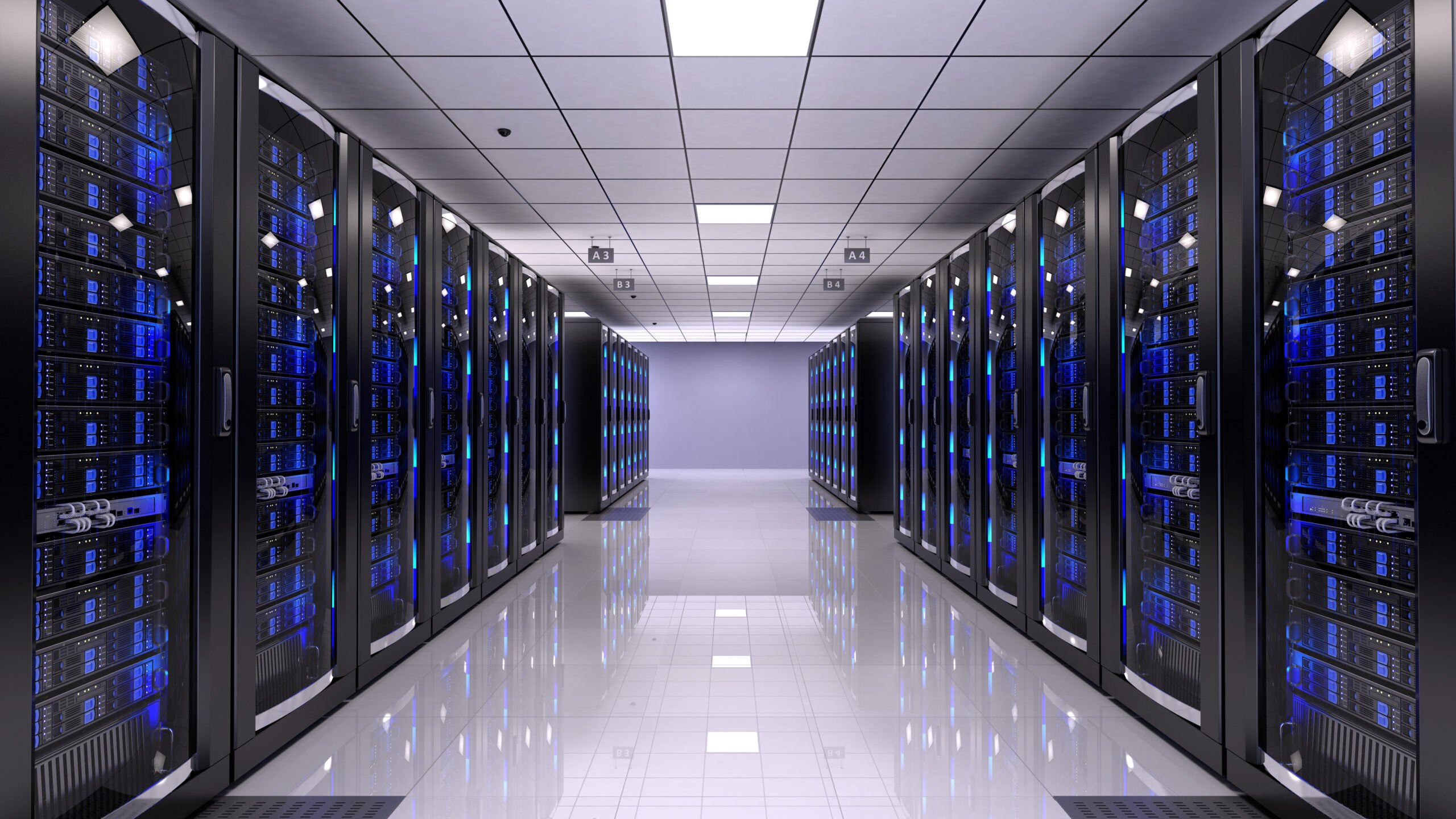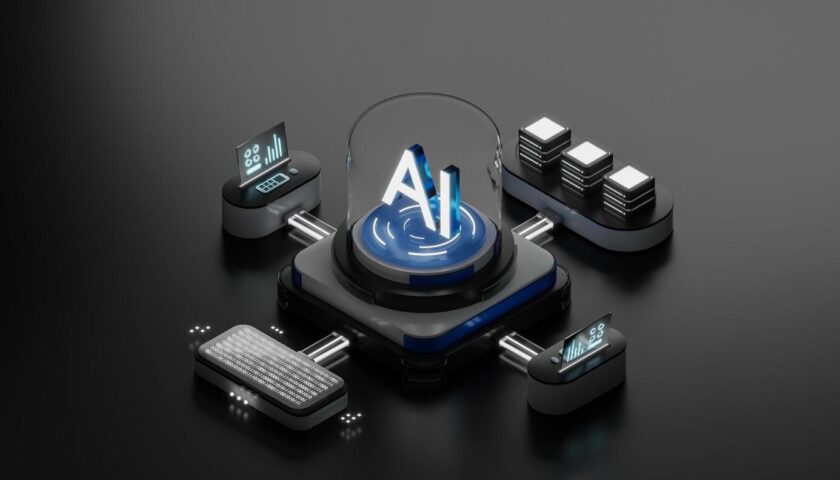Hyperconverged infrastructure refers to a unified system that houses computing, storage, and networking technologies in a single system. These infrastructural systems leverage the combination of virtualization using hypervisors, such as VMware, Hyper-V, KVM, and Citrix (formerly XenServer), and SAN management controllers or SAN controllers.
A hyperconverged infrastructure can be a fully integrated hardware appliance or be purchased as standalone software. However, business owners can enjoy the range of functions of hyper-converged infrastructure.
Let’s see the architecture of hyper converged infrastructure:
A typical hyper converged infrastructure can be divided into the following:
● Hardware chassis or multiple chassis for high-availability cluster appliances.
● SAP management controller or SAN controller.
● Hypervisors.
How Hyperconverged Infrastructure Works?
Hyperconvergence unifies and integrates computing, network, and virtualization, replacing complex legacy infrastructure hardware. The medium business server virtualization in hyper converged systems effectively abstracts storage resources, and the SAN management controller efficiently allocates them to applications running on Virtual Machines (VMs) or containers.
Converged Infrastructure vs. Hyper-Converged Infrastructure?
Converged infrastructure is a different way of purchasing traditional infrastructure. The advanced converged infrastructure is typically pre-integrated by a vendor or system integrator. Despite being pre-integrated, CI is specially designed with the same hardware components, and it doesn’t remove organizational silos.
All credit goes to hyperconverged infrastructure rethinks how infrastructure can be designed, purchased, deployed, managed, and expanded simultaneously. HCI solutions are deployed on commodity hardware by putting all the intelligence in one direction.
Nowadays, organizations need faster and more reliable storage performance than ever before. HCI or Hyper Converged Infrastructure offers a path which leads to the road of secure, modern infrastructure. This technology simplifies management, consolidates resources and reduces costs by combining compute, storage and networking into a single system.
Simplify Deployments:
VMware deployed its own cutting-edge virtualization technology. vSAN in its IT environment powers HCI to support cost-efficient virtual desktop infrastructure as well as remote office operations.
Increases Flexibility:
Hyperconverged infrastructure means we can flexibly adjust policies pertaining to the fault tolerance speed of the virtual machines. The hyperconverged technology boosts flexibility by combining computing, storage and networking capabilities in a single system.
Moreover, hyperconvergence helps reduce costs while ensuring the necessary availability, reliability and performance. Additionally, cloud-based solutions provide an extra layer of protection against natural disasters such as fires or floods since all stored information is backed up in multiple locations worldwide.
Boosts Accessibility:
With online data storage solutions like cloud computing and virtual private networks (VPNs), employees can easily access business files from anywhere in the world with an internet connection.
This increases flexibility and productivity by allowing remote teams to work together seamlessly without worrying about transferring large files back and forth via email or other slower methods of communication.
Furthermore, this system allows multiple people to access shared documents at once, making collaboration much easier and faster than it would be otherwise.
Ease of Implementation:
Hyperconverged infrastructure combines virtualized computing and networking. It consists of software-defined storage. This facilitates identical software deployment in medium business servers whether hosted on cloud or at the data center.
With the help of HCI solutions teams can smoothly deploy on-premise applications and combine them into public cloud. This makes it ideal for hybrid infrastructure.
Reliability:
The in-built multi-node architecture of hyperconverged infrastructure solutions offers a highly reliable system. Since fault tolerance and disaster recovery are in-built technologies into HCI platform.
High-performance:
Hyperconverged infrastructure improves workforce performance even when running different types of applications. This technology can smoothly meet the performance demand of varying workloads.
It offers a room to accommodate changing performance requirements without the need to reconfigure the entire hardware.
Automated Infrastructure:
Automation has been impossible for most complex IT infrastructures. However, HCI storage, servers, infrastructure support services are virtualized making automation of devices easy.
Efficient data storage solutions come with automated backup features that make it easy for companies to keep track of their documents, pictures, videos, etc.
With minimal effort. Cloud-computing solutions also provide users with real-time updates, so they always know when a file has been changed or added.
This makes it easy for companies to stay organized while keeping their records up-to-date.
Reduces latency:
Latency is an important consideration in a connected world where real-time decision-making capabilities are essential to the proper functioning of endpoint devices. Edge computing eliminates the need to move data from endpoints to the cloud and back again.
Privacy protection:
Edge computing offers high levels of security and privacy protection. Keep your data close to the edge and thus off centralized servers.
Reliability and resilience:
Edge computing works even when communication channels are slow, unavailable, or temporarily down. Increase resiliency by reducing focal points of failure.
Physical server:
Physical servers are only computers used at a business level. These servers are configured with more powerful processors, RAM, and storage space.
Typically located on-site at your premises or in a data center operated by a trusted partner.
Virtual server:
A virtual medium business server consists of a set of virtual machines dedicated to one server. These servers share resources with multiple virtual servers.
Simply put, a virtual server is located in an off-site location, used by multiple website owners, and can be managed by each as if they had full control over it.
Software-defined infrastructure:
Thanks to software-defined capabilities which allow smooth operational processes and maintaining the overall health of organizations. These functionalities make automation easy with legacy systems.
Simply, this can simplify IT systems to handle diverse changing workloads while operating overall efficiency.
Choosing the Server
Types of Servers
Understanding different server types—tower, rack, and blade—helps in selecting the right form factor.
Specific Needs of a Medium-Sized Business
Considering the business’s specific demands and growth projections aids in narrowing down server options.
HCI Server Considerations
Selecting servers compatible with HCI architecture ensures seamless integration and optimal performance.
Bottom Line:
HCI offers you a range of benefits like automated backups, software-defined infrastructure, high-performance, reliability, scalability and so on. These benefits offer inner strength to organizational infrastructure.
Unique FAQs
1. What are the key performance metrics to consider when choosing an HCI server?
2. How does server scalability impact a medium-sized business in an HCI environment?
3. What role do vendor partnerships play in server selection for HCI?
4. Are there specific security considerations for HCI servers?
5. How can businesses determine the optimal server type for their HCI implementation?
Read More: Is Your Data Center Storage Ready for the Future of Data?





